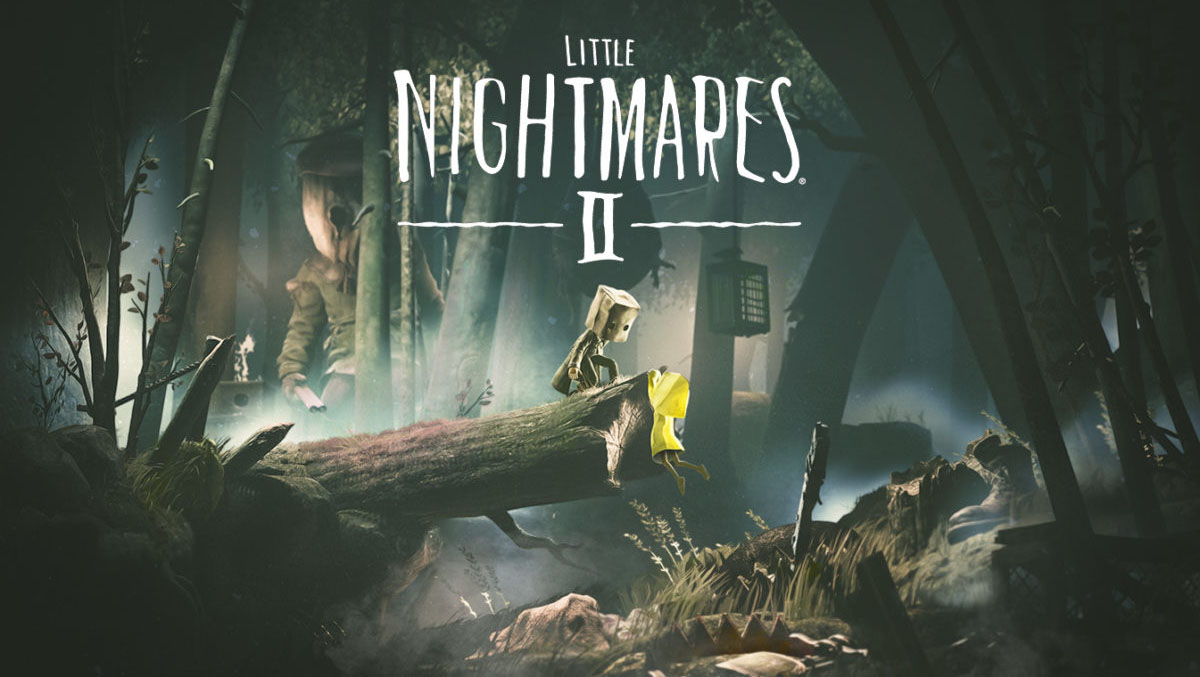
Little Nightmares became a cult classic when it came out in Spring of 2017. It was an unusual project; a Swedish developed original horror game that would be published by the very Japanese Bandai Namco Entertainment. This was a gamble for a publisher who’s bread and butter has mostly been very anime inspired games, or based on anime.
Little Nightmares stood out from anything that Bandai Namco has ever published. Tarsier’s humble horror puzzle-platformer has a twisted doll-house aesthetic, with an emphasis on realistic looking materials. It helped get a lot of attention from gamers, and everyone who played it enjoyed what it had to offer with the exception of how brief the experience was.
To address the brevity of Little Nightmares, DLC was released that further expanded the story the Maw’s depths and bowels, doubling the play time from three hours to about six. Using what they have learned from the expansions, Tarsier Studios would make a bigger and better sequel with Little Nightmares II.
Little Nightmares II
Developer: Tarsier Studios
Publisher: Bandai Namco Entertainment
Platforms: Windows PC, Nintendo Switch, PlayStation 4, PlayStation 5, Xbox One, Xbox Series X|S (reviewed), Google Stadia
Release Date: February 11, 2021
Players: 1
Price: $29.99 USD ($39.99 USD Physical Switch Version)

Little Nightmares II is very consistent with its predecessor in that it is a 3D puzzle-platformer. The make-up of a game like this is the DNA of Inside and classics like the Oddworld games or Out of this World. The biggest distinction is that the Little Nightmares games have the guts to go 3D.
The “cinematic platformer” is something that is not attempted too often by indie developers. These are very methodical and deliberate kinds of games that emphasize on mood, visual story-telling, and environmental puzzles. There is more attention given to animation so that all characters have a profound sense of weight, and that actions are more meaningful.
These kinds of adventure platformers are an acquired taste for some. The drawn out actions and slow burn tension is a big part of the appeal. It is an experience that invites the player to get absorbed in the setting, and to reflect on the meaning of the imagery they are seeing.

From how Little Nightmares II begins, it is clear that Tarsier Studios has learned a lot from the post release of the first game. The amount of attention given to small details is staggering, and most of these finer cues won’t be appreciated until replaying the game.
The beginning is very earthy and Mono is lost in the woods, avoiding traps set by a hunter. The game wastes no time with cutscenes of any kind, and has no dialogue at all. The experience is told entirely through visual cues that are tied to the environment, and flawless sound design.
Meeting Six is when Little Nightmares II begins to show just how much more competent and creative Tarsier Studios has gotten with their puzzle design and AI scripting. Six acts a little bit like the developer trying to subtly guide the player for the more esoteric situations. Not only does this make her seem very helpful, it also makes it easier to grow more attached to her as a character.
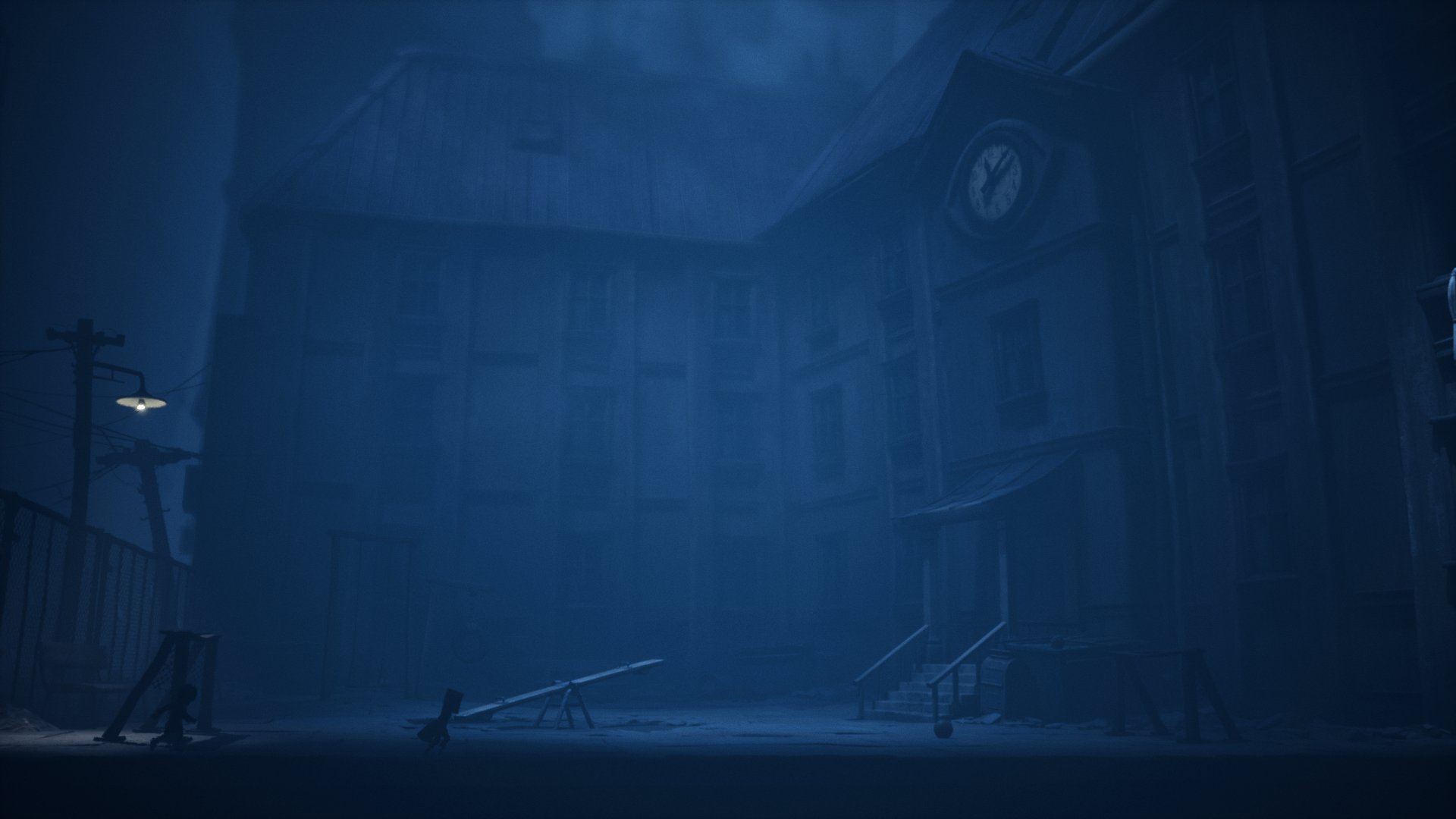
There was never a moment when Six’s AI bugged out or where she became a liability. She always happens to be right where she will be needed, and is always willing to give Mono a boost. She also has the sense to avoid getting attacked, and is also smart enough to know where to hide.
Mono and Six’s adventures takes them to a condemned city full of TV addicted zombies, a creepy hospital run by a bloated doctor, and even a school full of psychotic ceramic faced bullies and a long necked teacher. Every location has a designated big bad who will torment the duo in creative ways.
The aforementioned hospital is a shining moment for the overall experience. It is where Little Nightmares II becomes a true horror game, and introduces all kinds of unusual threats like the light sensitive prosthetic men and even a severed hand that has to be smashed in with a hammer.

One of the new functions added to Little Nightmares II is that Mono is able to pick up certain objects and use them to defend himself. Specifically, axes and hammers are Mono’s weapons of choice, and he drags these accouterments behind him like a diminutive Red Pyramid from Silent Hill 2.
Adorable though it may be, going toe to toe with a pack of bullies or a spastic severed hand will prove to be very difficult. Mono’s attacks are very delayed due to the slowness of his overhead swing. To land any blows demands to account for this wind-up, otherwise he will be left open for his one-hit death.
Naturally, a child the size of Mono using tools the way he does makes sense. The problem is just how perfect the game demands the player to be. Mono really can’t afford any misjudged swings, and enemy tells must be paid close attention to.
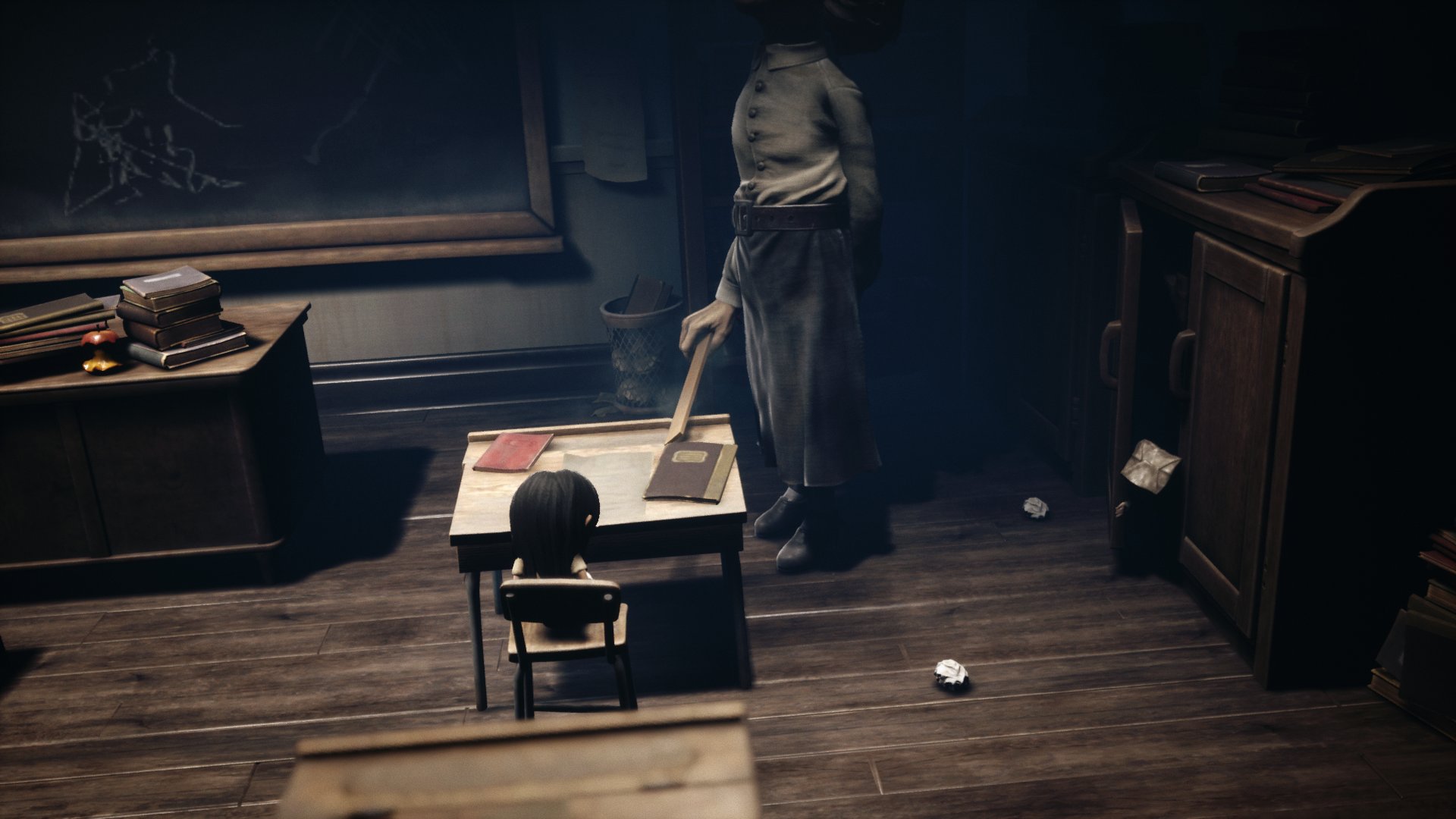
There are several instances of multiple threats at once, and avoiding one enemy while trying to concentrate on another to land a hit can often result in needlessly drawn out scraps. The lack of any failure allowance is what makes the combat so unforgiving. If Mono was allowed one failure per encounter, then the deliberately slow attacks would be more manageable.
Tarsier Studios painstakingly allow the player a lot of freedom in terms of interactivity in these games. The player-character, Mono, is a raggedy and filthy moppet of a child. He can do the things that people would expect from someone of his stature. This means being able to interact and pick up most objects that could fit in his hands.
Realistic physics have been applies to almost anything and everything. When Mono throws an object, each one seems to have their own bespoke weight designated to it. Most of the time this is unrelated to a puzzle, but it is little touches like this that add a great deal of realism and believably to the world. The setting becomes all the more immersive as a result.
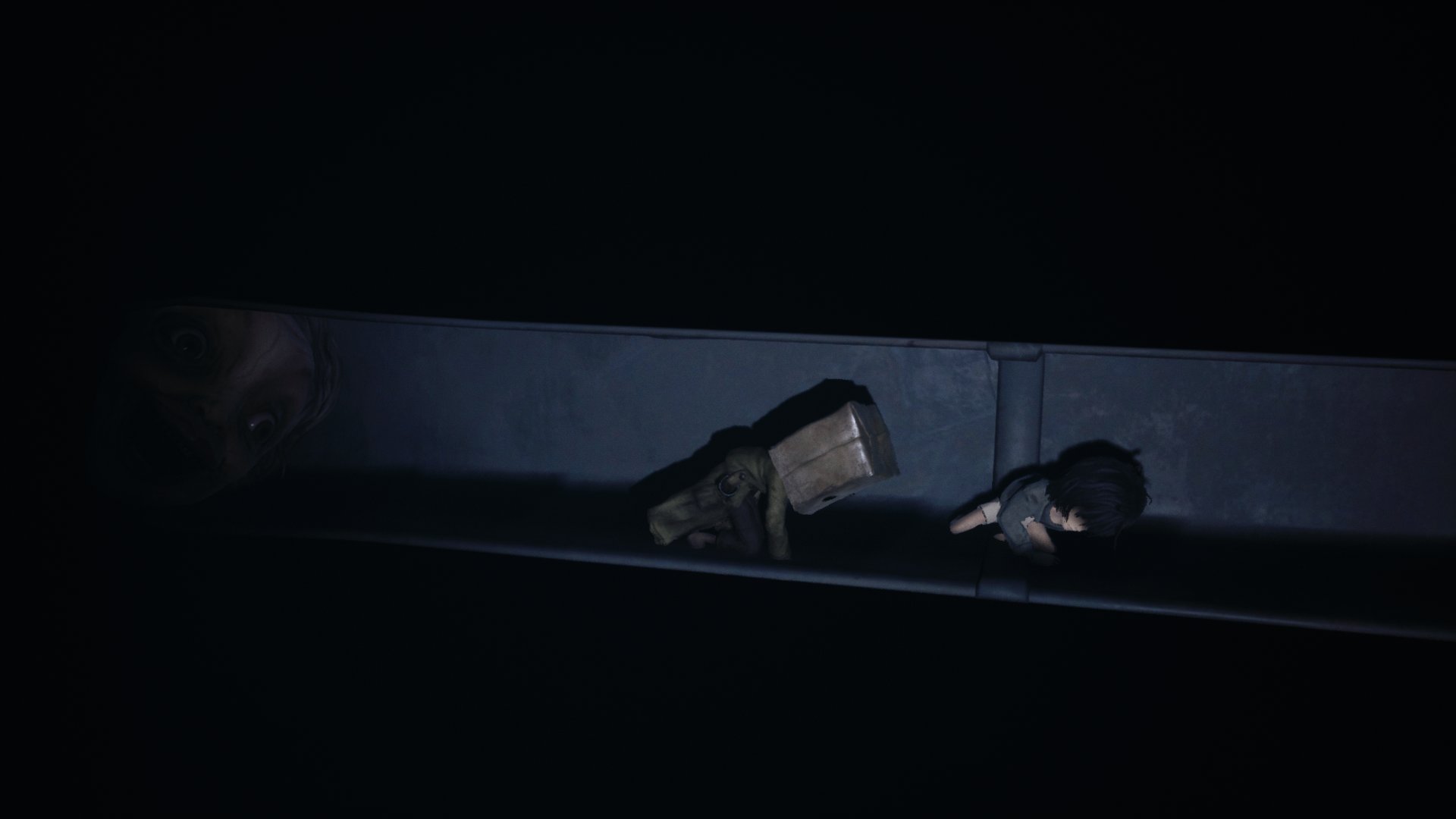
If being able to fiddle with any object lying around does not sound immersive, then the audio will. Little Nightmares II is a very eerie soundscape that explores a wide range of unusual and often inhuman organic textures.
Most of the time the ambiance is about what could be expected from the setting; distant sounds of crickets chirping in the woods as an overhead crow caws in a panic. The echoing abandoned halls of the hospital with the distant sounds of water dripping and beeping from an EKG monitor would put anyone on edge.
Sometimes the sound is used to communicate to the player of what they should do. Sneaking around a classroom full of bullies and a headmistress requires the player to know when it is safe to move. A loud thwack from the teacher’s ruler hitting a desk is a crucial audible clue that cues the player that she is going to start moving soon.
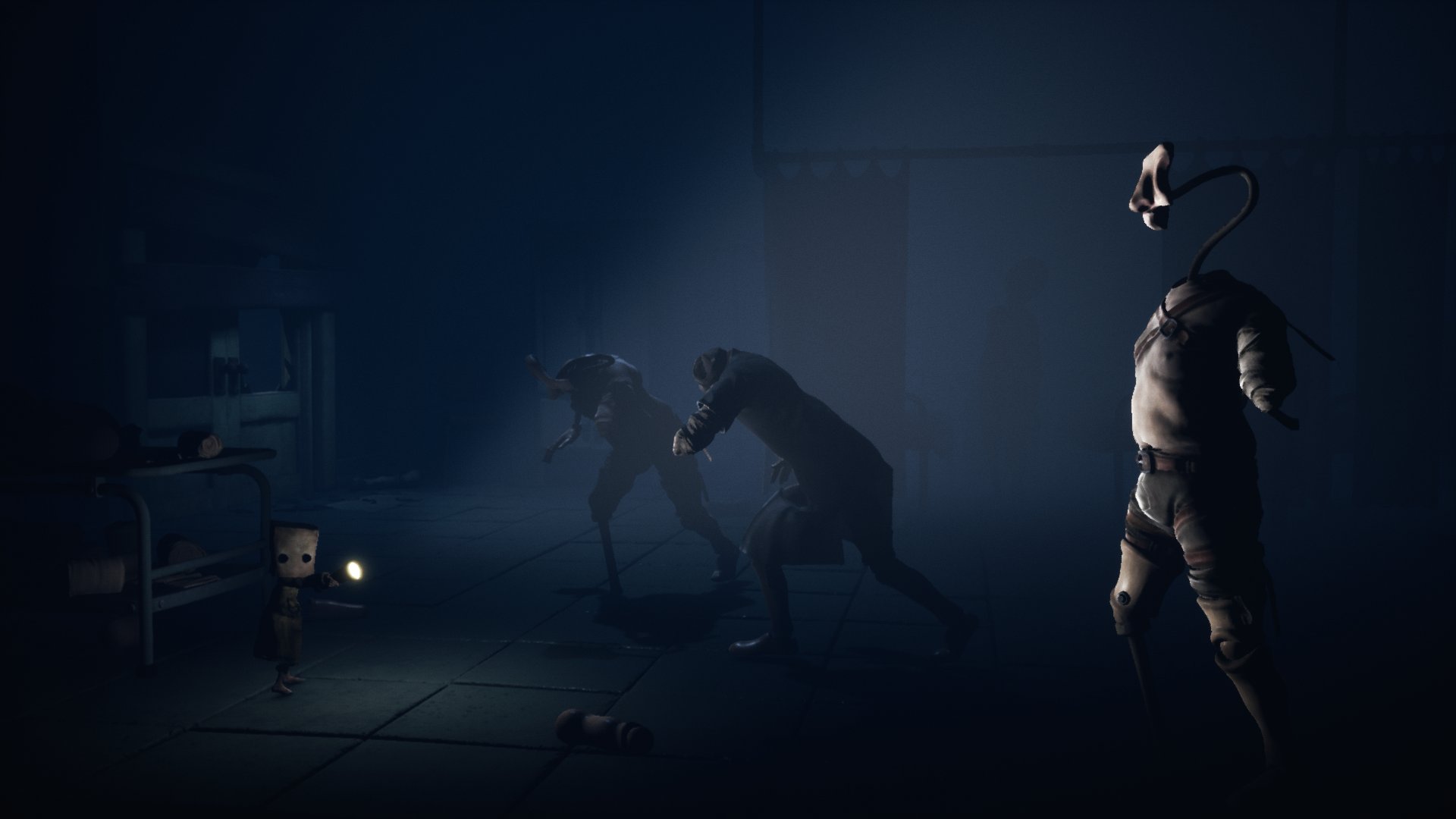
There are more confrontations with threats than there was in the first game. Mono will still find himself having to rely on stealth and subterfuge to survive, but expect to have to eventually deal with enemies more directly this time.
The reason why Little Nightmares was such a short game was probably because the developers struggled with ways to make the simple gameplay interesting and not overstay its welcome. Little Nightmares II is much longer; possibly more than double the length.
In order to prevent this from overstaying its welcome, the developers made sure Little Nightmares II kept mixing things up in the scenario. There is a noticeable structure to the course of events that builds and builds upon itself to increase the sense of stakes. Unlike the original, this sequel climaxes in a way that feels satisfying and earned.
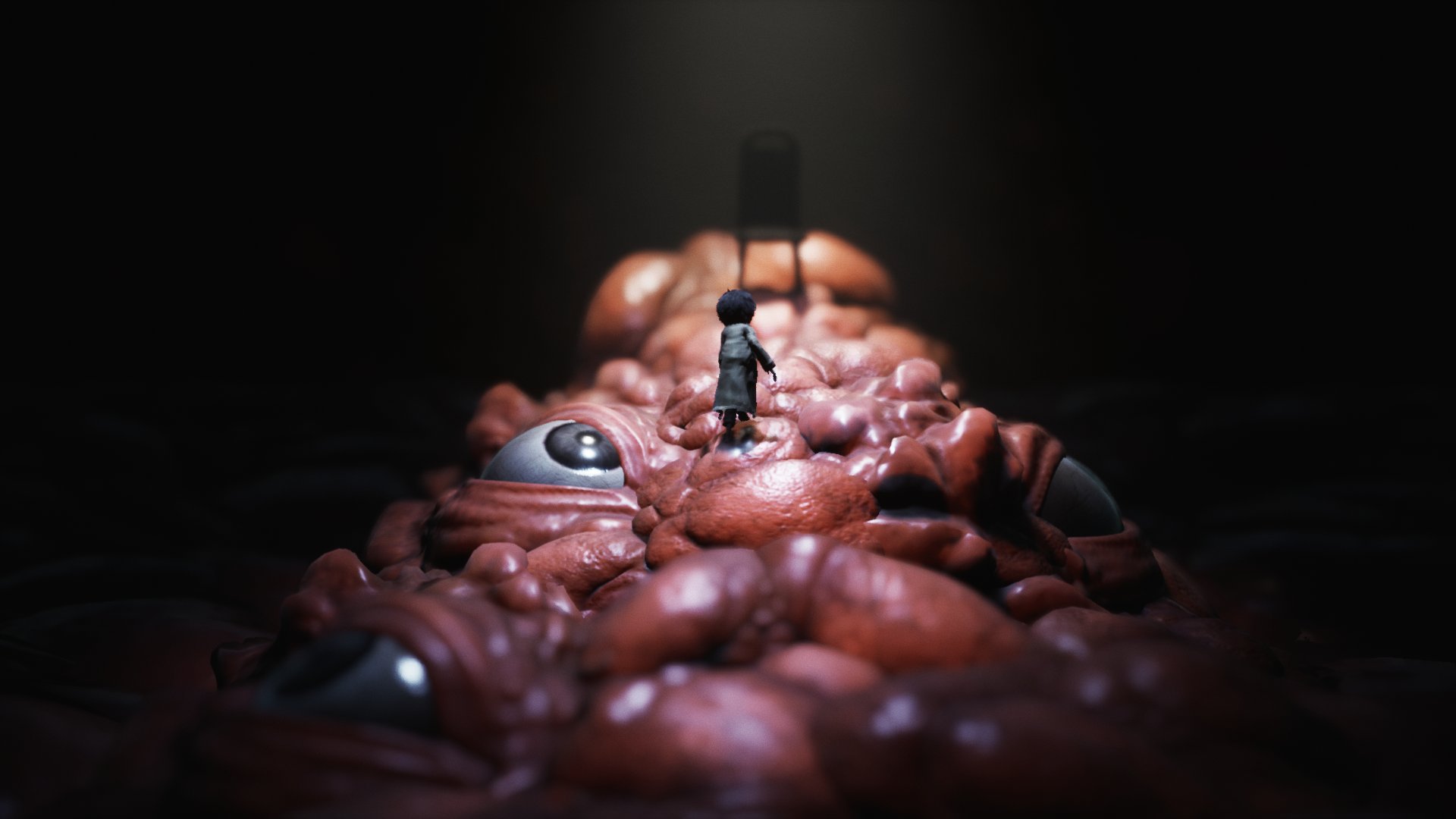
While the overall pacing and build up of the experience is much better directed than the first game, Little Nightmares II does make the mistake of introducing some concepts that get no pay off. One constant story element is the tower that airs a mysterious broadcast.
The signal and its purpose is not conveyed as coherently as most other things in the game. If there are clues in the game, they are not effective at telegraphing anything at all. Many of the concepts encountered do tie in to things from the past game.
Continuity is strong here, and though it is unlikely that any of this was thought out in advanced, things to connect to each other in a natural way. Most of the time, Little Nightmares II operates on symbolic level, and not everything in the game is meant to be taken at face value.
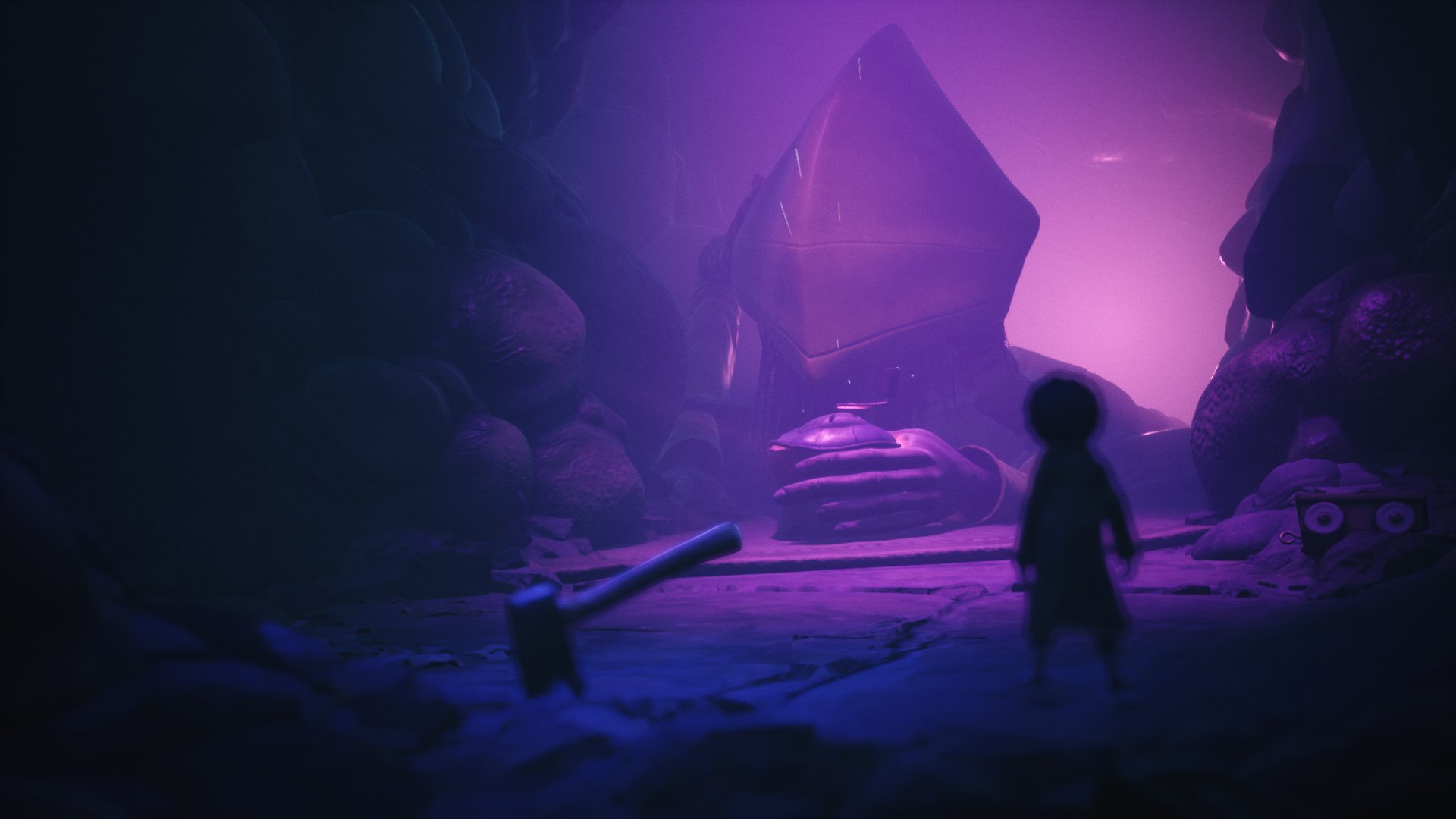
It is too bad that Little Nightmares II leaves holes for the sake of speculation. The original game was very self contained, and the designers probably did not plan for a sequel- they planned only to complete the game they made.
With Little Nightmares II, there is a sense that some story elements are left open and vague for the intention to keep players talking about it. Most likely, these choices were also implemented to leave more wiggle room for a sequel that may or may not happen.
The length of Little Nightmares II won’t disappoint fans. There are many collectibles to seek out in cheekily hidden areas. Mono’s hats are amusing to wear, and he can pull off a fedora better than anyone. Finding all glitch ghosts is the real reason to replay the game, since it earns a secret ending that shows exactly how Little Nightmares II connects to the first game.
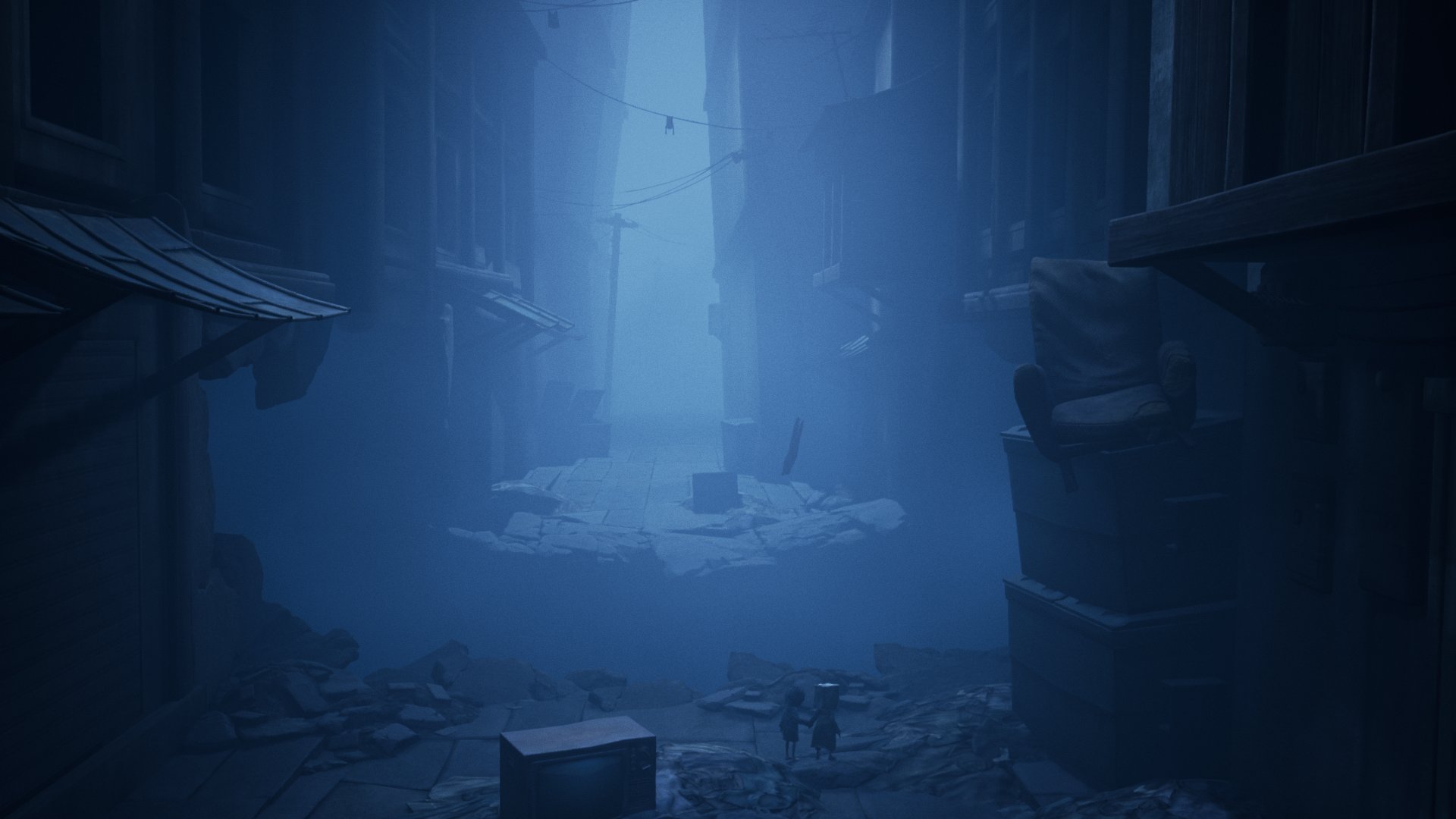
Playing Little Nightmares II on Xbox Series S does not increase the frame rate from 30 to 60. At the time of this review the next gen upgrade has not been released, but load times are still significantly faster than they were in the first game. This is helpful for a slow paced game where death can come around the corner.
Some gamers may not appreciate this style of platformer. The parties who do will be very satisfied with this game. Little Nightmares II is not only an excellent example of its genre, but also an incredible sequel that surpasses its predecessor in most ways imaginable.
Dreams can be wonderful places to be in. Most people never want to wake from their drams. Little Nightmares II is a rare example of a horrible nightmare that draws you in deeper; and even though it is a terribly hostile place, you want stay because it is so fascinating.
Little Nightmares II was reviewed on Xbox Series S using a personal copy. You can find additional information about Niche Gamer’s review/ethics policy here.